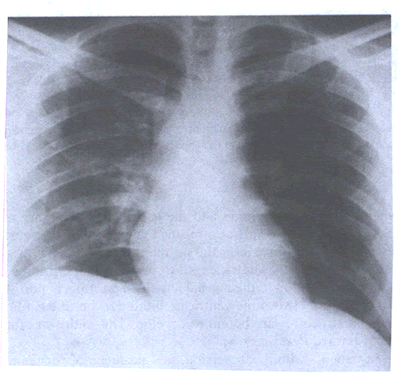A note on SVo2 and ScVo2
ScvO2 reflects principally the degree of oxygen extraction from the brain and the upper part of the body.
SvO2 reflects the relationship between whole-body O2 consumption and cardiac output.
Pitfall of ScVo2: The central venous catheter usually resides in the superior vena cava. Thus central venous blood sampling reflects the venous blood of the upper body but neglects venous blood from the lower body (i.e., intra-abdominal organs). ScvO2 is usually less than SvO2 by about 2–3% because the lower body extracts less O2 than the upper body making inferior vena caval O2 saturation higher.
SvO2 and ScvO2 changes in parallel when the whole body ratio of O2 supply to demand is altered.

